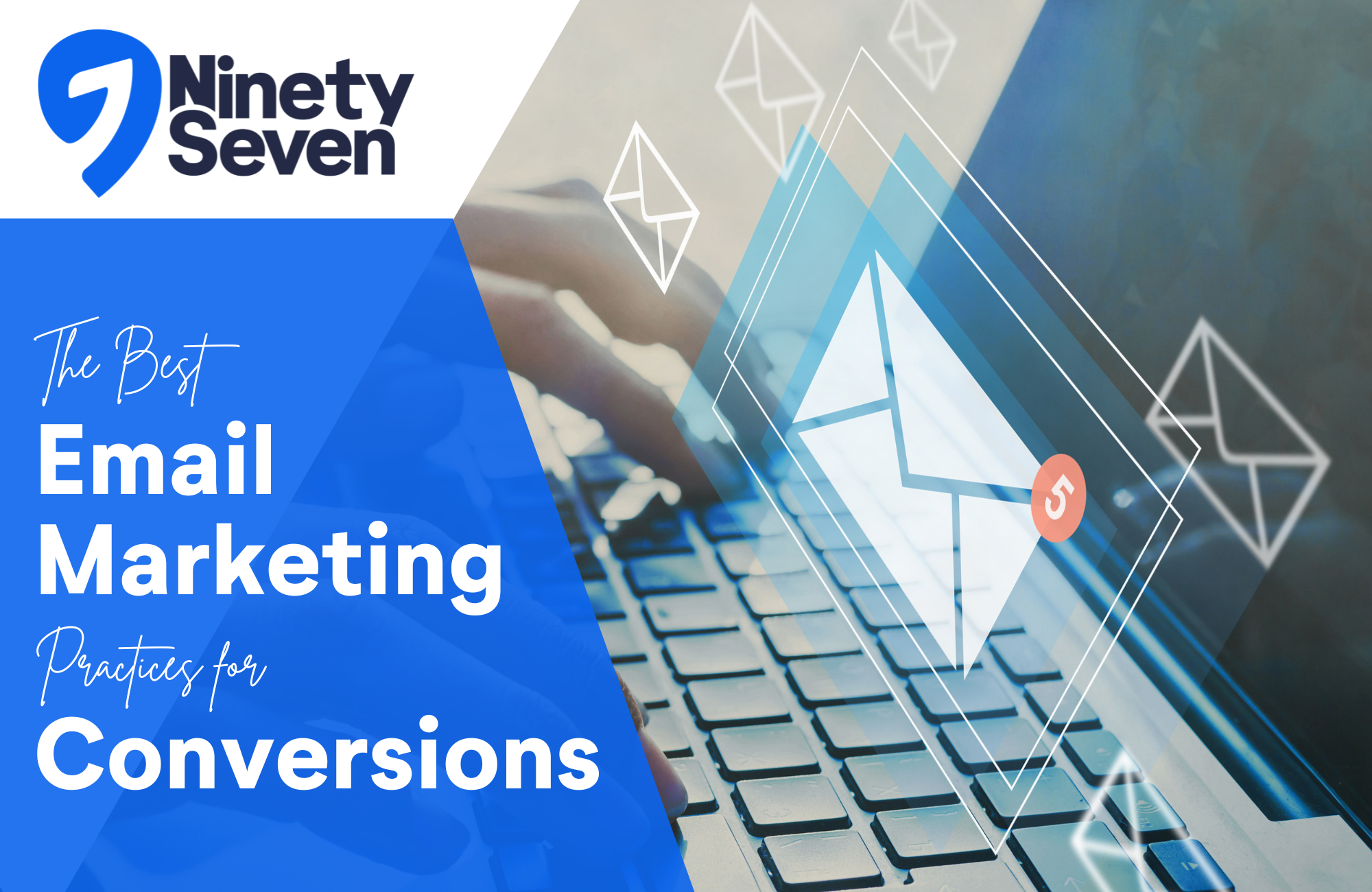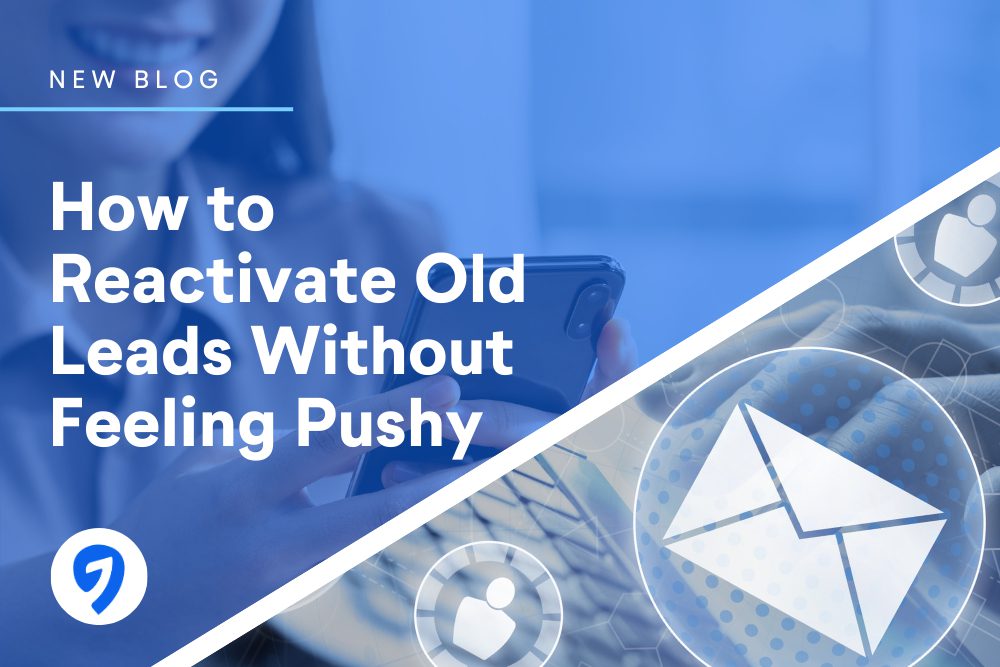
The Best Email Marketing Practices for Conversions

Email marketing remains one of the most effective channels for reaching and engaging potential customers. When combined with automation, it becomes a powerful tool for driving conversions. In this blog, we’ll explore the best practices for email marketing automation to help your business maximize its efforts and achieve its goals.
Why Email Marketing Automation Matters
Email marketing automation allows businesses to send targeted messages to their audience based on specific actions or timelines. This not only saves time but also ensures that your emails are relevant and personalized, which can significantly improve engagement and conversion rates. Here are some key benefits:
- Efficiency: Automate repetitive tasks and streamline your workflow.
- Personalization: Send customized content to different segments of your audience.
- Scalability: Manage and nurture a large number of leads without sacrificing quality.
- Analytics: Track and analyze the performance of your campaigns to make data-driven decisions.
Best Practices for Email Marketing Automation
To get the most out of your email marketing automation, follow these best practices:
1. Segment Your Audience
Segmentation is the process of dividing your email list into smaller groups or lists based on specific criteria such as demographics, behavior, or past interactions. This allows you to send more personalized and relevant emails, which can lead to higher engagement and conversion rates.
- Behavioral Segmentation: Group subscribers based on their actions, such as past purchases, email opens, or clicks.
- Demographic Segmentation: Use data such as age, gender, location, and job title to tailor your messages.
- Lifecycle Stage Segmentation: Create segments for leads at different stages of the sales funnel, from awareness to decision.
- Interest-Based Segmentation: Segment leads based on what they have shown interest in.
2. Create Targeted and Personalized Content
Personalization goes beyond addressing the recipient by name. Use data from your CRM and email platform to create highly relevant content for each segment.
- Dynamic Content: Use dynamic content blocks to tailor parts of your email to different segments.
- Personalized Recommendations: Suggest services based on past behavior or preferences.
- Triggered Emails: Send automated emails based on specific actions, such as reminders or follow-ups after a conversation with the lead.
3. Design Effective Lead Nurturing Campaigns
Lead nurturing involves sending a series of automated emails that guide prospects through the sales funnel.
- Welcome Series: Greet new subscribers with a series of emails that introduce your brand.
- Educational Content: Provide valuable information and resources to help leads understand your services better.
- Product Demos and Free Trials: Encourage leads to try your product or service with offers or free trials.
- Testimonials: Share success stories from existing customers to build trust and credibility.

4. Optimize Email Timing and Frequency
Timing and frequency play a crucial role in the effectiveness of your email campaigns.
- Send Time Optimization: Use data to determine the best times to send emails based on your audience’s behavior.
- Frequency Management: Avoid overwhelming your subscribers by finding the right balance in email frequency. Test different frequencies to see what works best for your audience.
- Re-engagement Campaigns: Identify inactive subscribers and create campaigns to re-engage them. Offer incentives, ask for feedback, or simply remind them of the benefits of your services.
5. Craft Compelling Subject Lines and Preview Text
The subject line and preview text are the first things recipients see and significantly impact open rates.
- Clear and Concise: Keep your subject lines short and to the point. Aim for clarity over cleverness.
- Sense of Urgency: Create a sense of urgency or exclusivity to encourage immediate action.
- Personalization: Personalize your subject lines with the recipient’s name or other relevant information.
6. Ensure Mobile Responsiveness
A significant portion (oftentimes, the majority) of email opens occurs on mobile devices. Ensure your emails are mobile-friendly to provide a seamless experience.
- Responsive Design: Use responsive design techniques to ensure your emails look and function great on any device.
- Short and Scannable: Keep your content concise and easy to read on small screens. Use short paragraphs, bullet points, and clear calls to action.
- Large Buttons and Links: Make sure buttons and links are large enough to be easily tapped on mobile devices.
7. Measure and Analyze Performance
Regularly measuring the performance of your email campaigns will help you understand what works and what doesn’t, allowing you to refine your strategy.
- Key Metrics: Track metrics such as open rates, click-through rates, conversion rates, and unsubscribe rates to gauge your email performance.
- A/B Testing: Test different elements of your emails, such as subject lines, content, and send times, to identify what resonates best with your audience.
- Continuous Improvement: Use the insights gained from your analysis to continuously improve your email marketing strategy.

Email marketing is a powerful tool for driving conversions. By following best practices such as segmenting your audience, creating targeted and personalized content, designing effective lead-nurturing campaigns, optimizing email timing and frequency, crafting compelling subject lines, ensuring mobile responsiveness, and measuring performance, you can maximize the impact of your email marketing efforts. Implement these strategies to enhance your email marketing automation and achieve your business goals.


